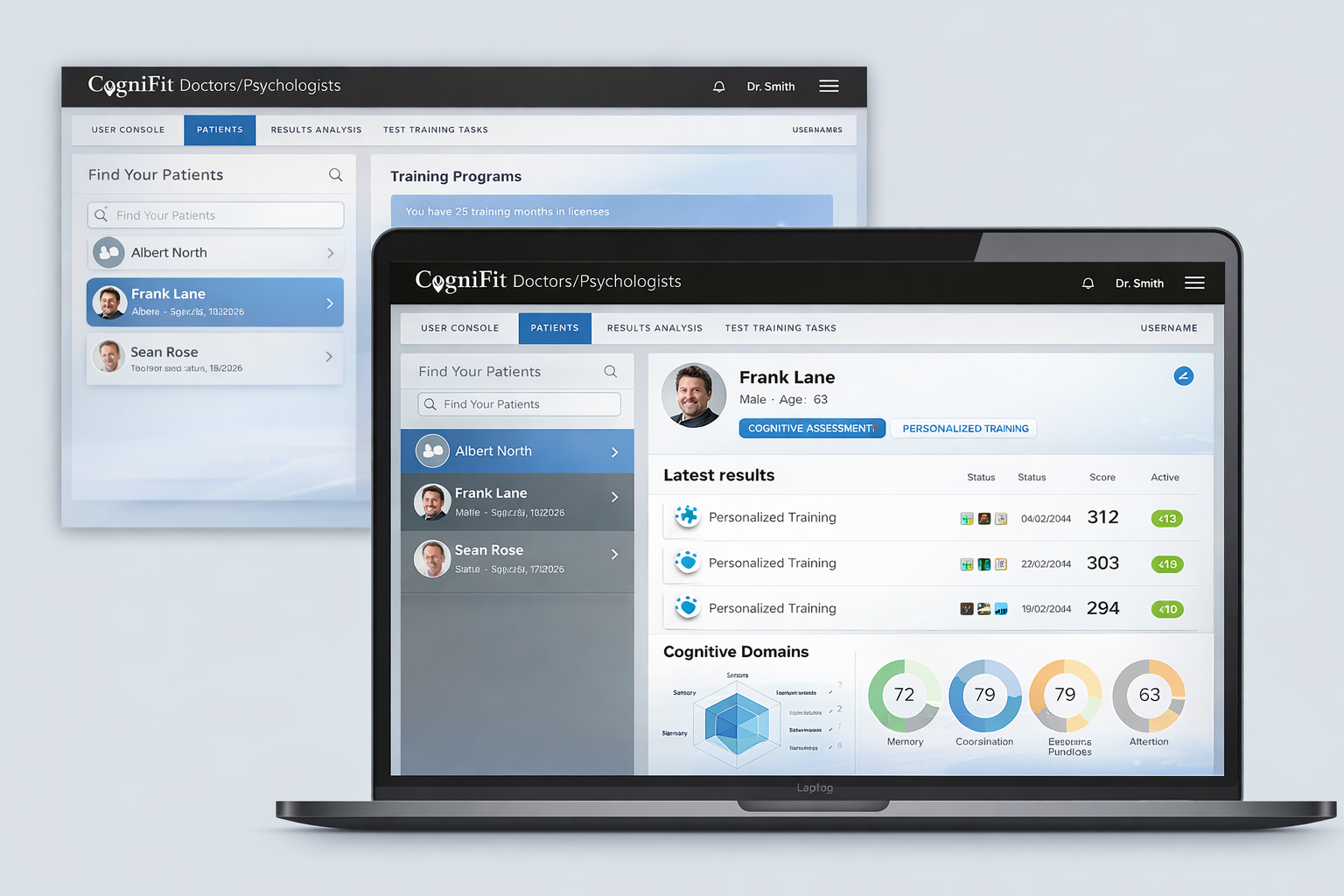
Researchers Identify Key Brain States in Infants Linked to Cognitive Development
A new study from King’s College London has made a breakthrough in understanding newborn brain activity. The researchers found that patterns of brain connectivity in infants may predict future cognitive and behavioral development. These findings suggest that early identification of developmental disorders, such as ADHD and autism, is possible. This could pave the way for early interventions, greatly benefiting childhood development.

Note: This article is intended for general information and educational purposes. It summarizes scientific research in accessible language for a broad audience and is not an official scientific press release.
How the Study Was Conducted
This research, published in Nature Communications, studied 390 newborns using advanced functional Magnetic Resonance Imaging (fMRI). The researchers wanted to observe brain activity in real time, instead of relying on averaged data as in earlier studies. By doing so, they captured dynamic changes in brain connectivity that occur moment by moment.
The sample included 324 full-term babies and 66 pre-term babies. The study is unique because it focused on how brain connectivity fluctuates during the earliest stages of life. Dr. Dafnis Batallé, Senior Lecturer in Neurodevelopmental Science at King’s College London, emphasized this importance. He noted, “We’re beginning to identify transient brain states that offer insights into early brain development and its links to future behaviors.”
Researchers used computational methods to monitor how different regions of the brain communicate. These techniques helped identify six distinct brain states that provide a detailed look at how newborn brains develop.
The Dynamic Nature of Brain Connectivity
Most earlier research looked at brain activity as a static measure, averaging connectivity patterns over time. While helpful, these older studies did not account for the dynamic nature of brain activity. The brain is constantly shifting between different states, especially in early life.
Previous studies linked brain connectivity to developmental outcomes, but they lacked the detail needed to understand these changes in real time. This new research builds on earlier findings but offers a more accurate picture of how brain connectivity evolves. Professor Grainne McAlonan, Interim Director of the NIHR Maudsley Biomedical Research Centre, co-authored the study. She explained, “The difference between term and pre-term babies shows that time in or outside the womb shapes brain development.”
By using advanced fMRI, researchers were able to observe how infant brain regions communicate in real time. This gives a much clearer picture of the brain’s early development and how it impacts later cognitive and behavioral outcomes.
Key Findings: Six Brain States and More
The study provided several important insights:
- Six Distinct Brain States Identified: Researchers found six unique brain states. Three involved the entire brain, while the other three were limited to specific regions like the occipital, sensorimotor, and frontal areas.
- Premature vs. Full-Term Brain Activity: Pre-term infants showed more time in certain brain states, particularly in the frontal and occipital regions. These differences may explain why pre-term babies face developmental challenges as they grow older.
- Link to Future Development: Some patterns of brain connectivity at birth were linked to developmental milestones, such as cognition, movement, language, and social skills. These early indicators may help predict developmental challenges.
- Early Identification of Developmental Risks: This research may allow doctors to identify conditions like ADHD and autism much earlier. Early identification means earlier interventions, potentially reducing the severity of these conditions.
- Advanced MRI Techniques: Using functional MRI allowed the team to monitor brain activity in real time. This advanced technology provided new insights into the complexity of neonatal brain development.
Benefits for Healthcare and Science
The findings from this study could have a significant impact on early childhood healthcare. By understanding the patterns of brain connectivity linked to future development, doctors may be able to diagnose and treat developmental disorders earlier than ever before.
Early intervention is crucial for conditions like ADHD and autism. Typically, these disorders are diagnosed after behavioral symptoms emerge. However, by identifying abnormal brain connectivity early, doctors could start treatment before symptoms become evident. This could improve the long-term outcomes for many children.
Another exciting possibility is the use of personalized healthcare. If doctors can map a baby’s brain activity, they could design individualized treatment plans. These treatments would target the specific areas of brain connectivity that need support, allowing for a more focused and effective approach.
A New Era in Neonatal Neuroscience
This research is a major step forward in neonatal neuroscience. By identifying dynamic brain states and linking them to future cognitive and behavioral development, the study offers a powerful tool for understanding baby brain development.
As Dr. Lucas França, one of the lead authors, said, “These findings are a result of adapting methodologies from computer science and physics to better understand the human neonatal brain.” This interdisciplinary approach is key to advancing the field.
With these findings, healthcare providers may soon have the ability to diagnose developmental disorders much earlier, allowing for more effective interventions. As the field of neonatal neuroscience continues to evolve, the potential to improve early childhood healthcare is enormous.
This research not only builds on past studies but also provides new insights that could transform the way we care for infants at risk of developmental challenges. By capturing the dynamic nature of brain connectivity, the study reveals how early brain activity influences future outcomes.
In conclusion, the research conducted by King’s College London offers a fresh perspective on infant brain development. By linking specific brain states to future developmental outcomes, it provides actionable insights that could help healthcare providers identify at-risk children more quickly. As scientists continue to explore this new frontier, the potential for improving early childhood healthcare grows, offering hope for better outcomes for children born with developmental risks.
The information in this article is provided for informational purposes only and is not medical advice. For medical advice, please consult your doctor.














